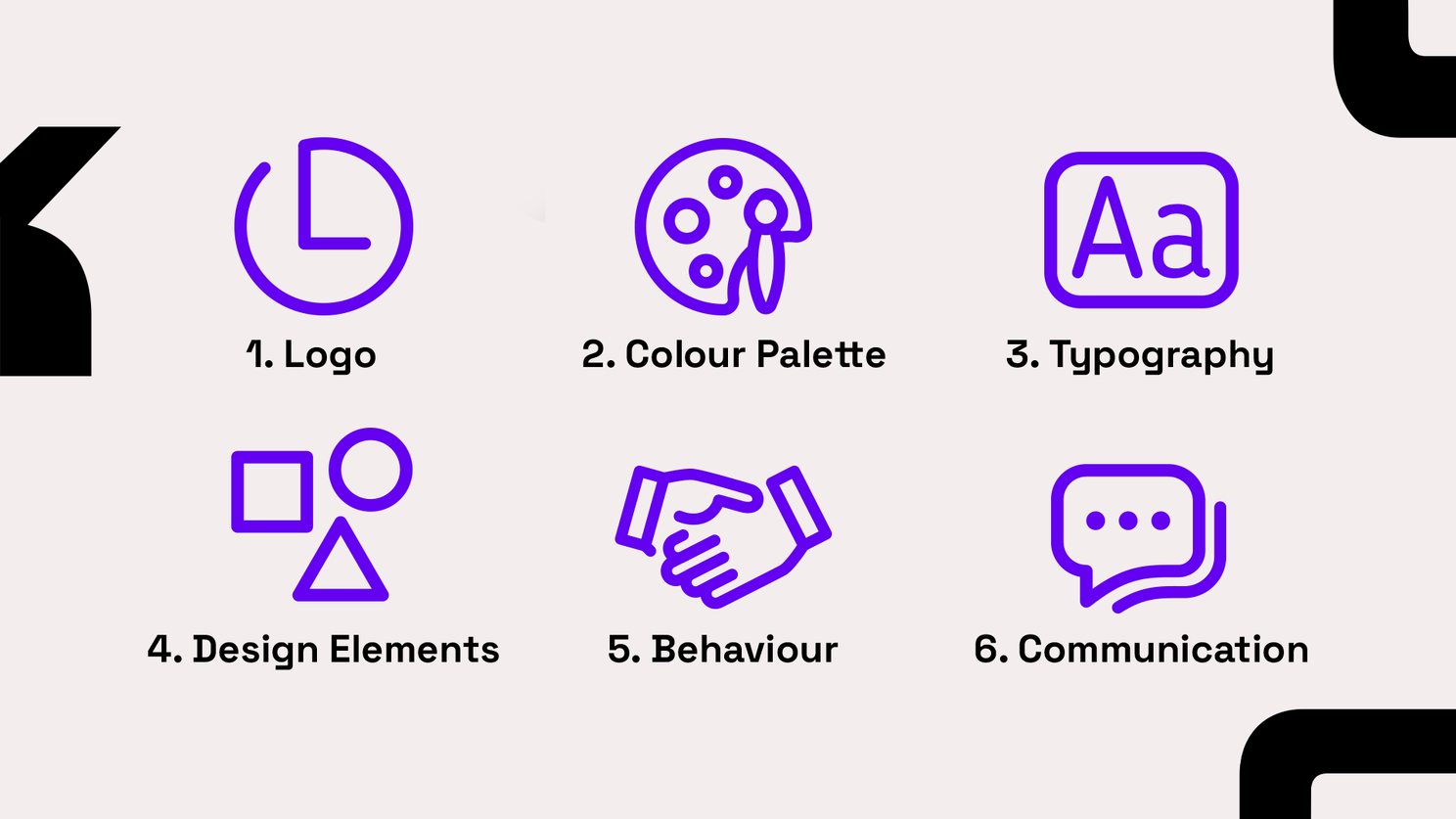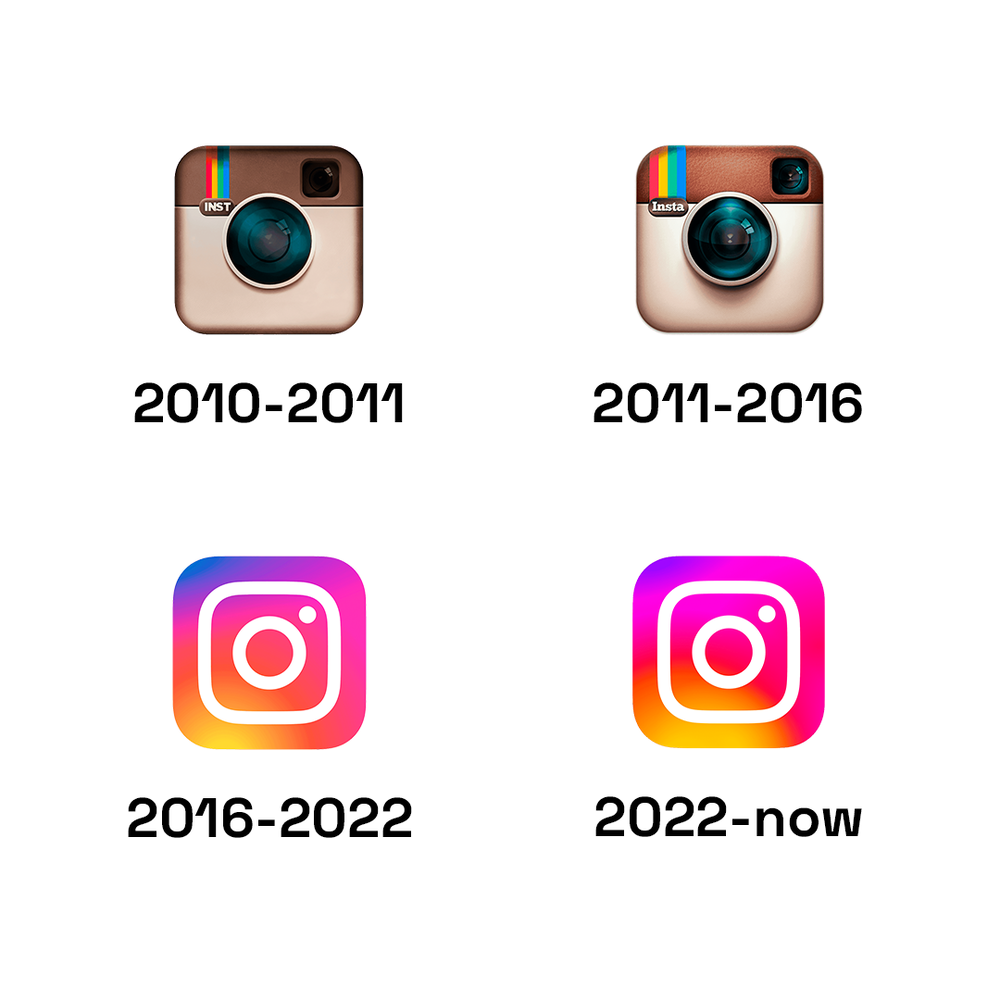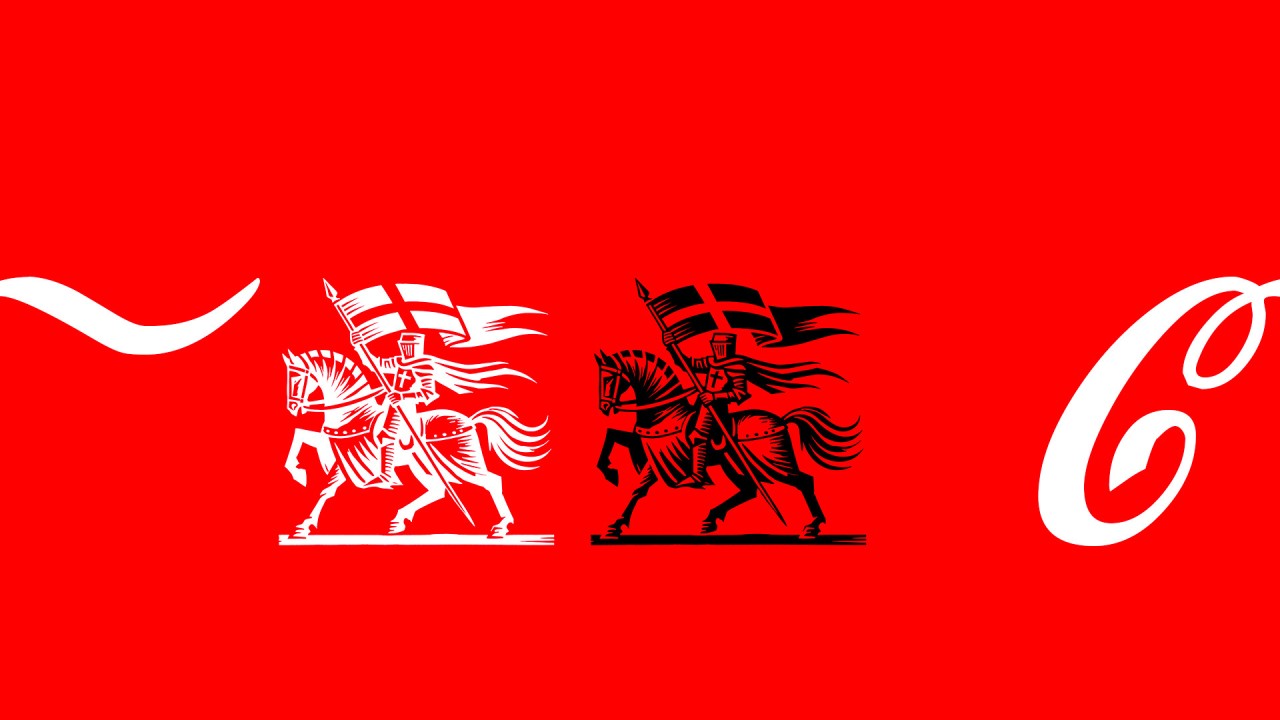the power of corporate identity — more than just a logo | part 1
25/11/2024
First impressions matter.
Whether meeting someone new or encountering a brand for the first time, appearances significantly influence our perceptions. While we shouldn't judge a book solely by its cover, the reality is that the cover often provides the first glimpse into what lies within. This article explores the essence of corporate identity and how it's much more than just a logo — it's the embodiment of a brand's personality through visual and behavioural elements.
Appearance Speaks Volumes
When you meet someone, their appearance offers immediate clues about who they might be. The same principle applies to brands. Should we judge brands and products by their appearance? Absolutely! That's precisely why corporate identities, brand styles, logos, and packaging exist.
We're focusing on choices—hairstyles, fashion, the car we drive. These deliberate decisions shape how others perceive us. A person dressed in quirky, unconventional attire isn't necessarily eccentric, but their appearance nudges our perceptions in a certain direction. Similarly, someone in fancy clothes driving a luxury car might not be wealthy, but the image they project influences our assumptions.
The Essence of Corporate Identity
More Than Just a Logo
Corporate identity is akin to personal identity—a blend of presentation and behaviour. It's a visual and behavioural statement translating a brand's core values and characteristics into tangible elements. Think of it as the brand's personality shining through its appearance and actions.

Key components include:
These elements work harmoniously to give potential clients an immediate impression of what your brand stands for. It's about crafting a cover that accurately represents the book's contents.
Behavior and Communication: Walking the Talk
Corporate identity isn't just about visuals; it's also about actions:
This behavioral identity reveals the true character of a brand, fulfilling the promises made by its visual presentation.
Adapt or Perish: The Evolution of Identity
Staying Relevant in a Changing World
Brands, like people, need to grow and adapt. The world is constantly changing—trends shift, technology advances, and consumer expectations evolve. If you don't keep up, you risk being seen as outdated or irrelevant.

Case Study: Instagram's Rebrand
A prime example of adapting while maintaining brand recognition is Instagram's rebrand in 2016. Originally, Instagram's logo was a detailed, retro-looking camera icon, reflecting the app's focus on photography. However, as the platform evolved to include videos, stories, and a vast array of content, the old logo no longer represented its multifaceted nature.
The rebrand introduced a simplified camera outline with a vibrant gradient background. This modern, minimalist design was more adaptable to various digital platforms and screen sizes. It maintained brand recognition through the camera motif but embraced a fresh look aligned with contemporary design trends. Alongside the logo, Instagram updated its user interface to be cleaner and more intuitive, enhancing user experience while reflecting the brand's evolution.
The Digital Age: New Challenges and Opportunities
The rise of digital media adds layers of complexity to corporate identity:
Brands like Airbnb and Spotify have nailed this, creating identities that are flexible yet consistent, thriving in both physical and digital spaces.
Final Thoughts
A strong corporate identity is more than aesthetics; it's a strategic asset that communicates who you are and what you stand for. By thoughtfully crafting and evolving your brand's visual and behavioural elements, you position your business to make a lasting, positive impression. In an ever-changing world, adaptability paired with authenticity ensures your brand remains relevant and resonates with your audience.
Whether meeting someone new or encountering a brand for the first time, appearances significantly influence our perceptions. While we shouldn't judge a book solely by its cover, the reality is that the cover often provides the first glimpse into what lies within. This article explores the essence of corporate identity and how it's much more than just a logo — it's the embodiment of a brand's personality through visual and behavioural elements.
Appearance Speaks Volumes
When you meet someone, their appearance offers immediate clues about who they might be. The same principle applies to brands. Should we judge brands and products by their appearance? Absolutely! That's precisely why corporate identities, brand styles, logos, and packaging exist.
We're focusing on choices—hairstyles, fashion, the car we drive. These deliberate decisions shape how others perceive us. A person dressed in quirky, unconventional attire isn't necessarily eccentric, but their appearance nudges our perceptions in a certain direction. Similarly, someone in fancy clothes driving a luxury car might not be wealthy, but the image they project influences our assumptions.
The Essence of Corporate Identity
More Than Just a Logo
Corporate identity is akin to personal identity—a blend of presentation and behaviour. It's a visual and behavioural statement translating a brand's core values and characteristics into tangible elements. Think of it as the brand's personality shining through its appearance and actions.

Key components include:
- Logo: The face of your brand, representing who you are at a glance.
- Colour Palette: The emotions and associations you want to evoke in your audience.
- Typography: The voice of your written communication, adding personality to your messages.
- Design Elements: Visual language tying everything together for a cohesive look.
- Behavior and Communication: How your brand interacts with the world.
These elements work harmoniously to give potential clients an immediate impression of what your brand stands for. It's about crafting a cover that accurately represents the book's contents.
Behavior and Communication: Walking the Talk
Corporate identity isn't just about visuals; it's also about actions:
- Treatment of Employees and Clients: Reflecting your values through your actions.
- Environmental Policies: Demonstrating responsibility and commitment to sustainability.
- Communication of Vision and Values: Sharing what you stand for and where you're headed.
- Interaction with the Public: Engaging meaningfully with your audience.
This behavioral identity reveals the true character of a brand, fulfilling the promises made by its visual presentation.
Adapt or Perish: The Evolution of Identity
Staying Relevant in a Changing World
Brands, like people, need to grow and adapt. The world is constantly changing—trends shift, technology advances, and consumer expectations evolve. If you don't keep up, you risk being seen as outdated or irrelevant.

Case Study: Instagram's Rebrand
A prime example of adapting while maintaining brand recognition is Instagram's rebrand in 2016. Originally, Instagram's logo was a detailed, retro-looking camera icon, reflecting the app's focus on photography. However, as the platform evolved to include videos, stories, and a vast array of content, the old logo no longer represented its multifaceted nature.
The rebrand introduced a simplified camera outline with a vibrant gradient background. This modern, minimalist design was more adaptable to various digital platforms and screen sizes. It maintained brand recognition through the camera motif but embraced a fresh look aligned with contemporary design trends. Alongside the logo, Instagram updated its user interface to be cleaner and more intuitive, enhancing user experience while reflecting the brand's evolution.
The Digital Age: New Challenges and Opportunities
The rise of digital media adds layers of complexity to corporate identity:
- Consistency Across Platforms: Maintaining a cohesive identity on websites, social media, apps, and more.
- Responsive Design: Ensuring logos and visuals look great on all devices and screen sizes.
- Interactive Elements: Engaging audiences with dynamic content.
- Social Media Voice: Crafting a tone that resonates with your audience across different channels.
Brands like Airbnb and Spotify have nailed this, creating identities that are flexible yet consistent, thriving in both physical and digital spaces.
Final Thoughts
A strong corporate identity is more than aesthetics; it's a strategic asset that communicates who you are and what you stand for. By thoughtfully crafting and evolving your brand's visual and behavioural elements, you position your business to make a lasting, positive impression. In an ever-changing world, adaptability paired with authenticity ensures your brand remains relevant and resonates with your audience.







